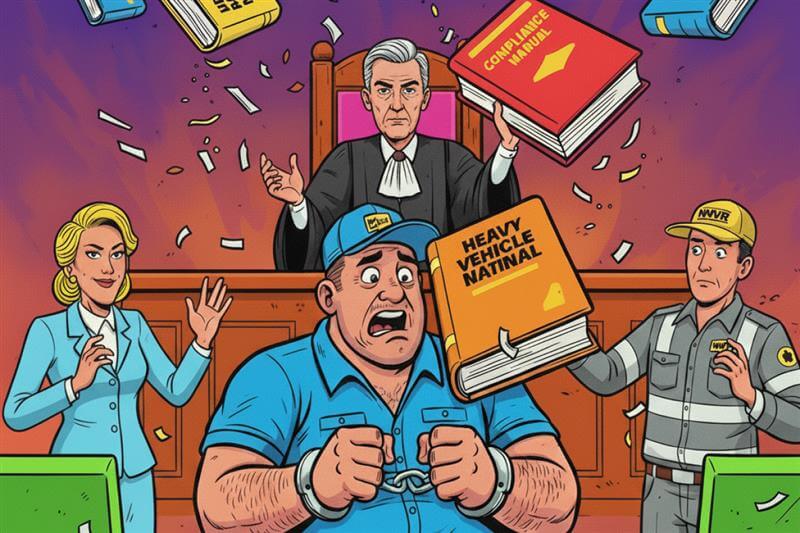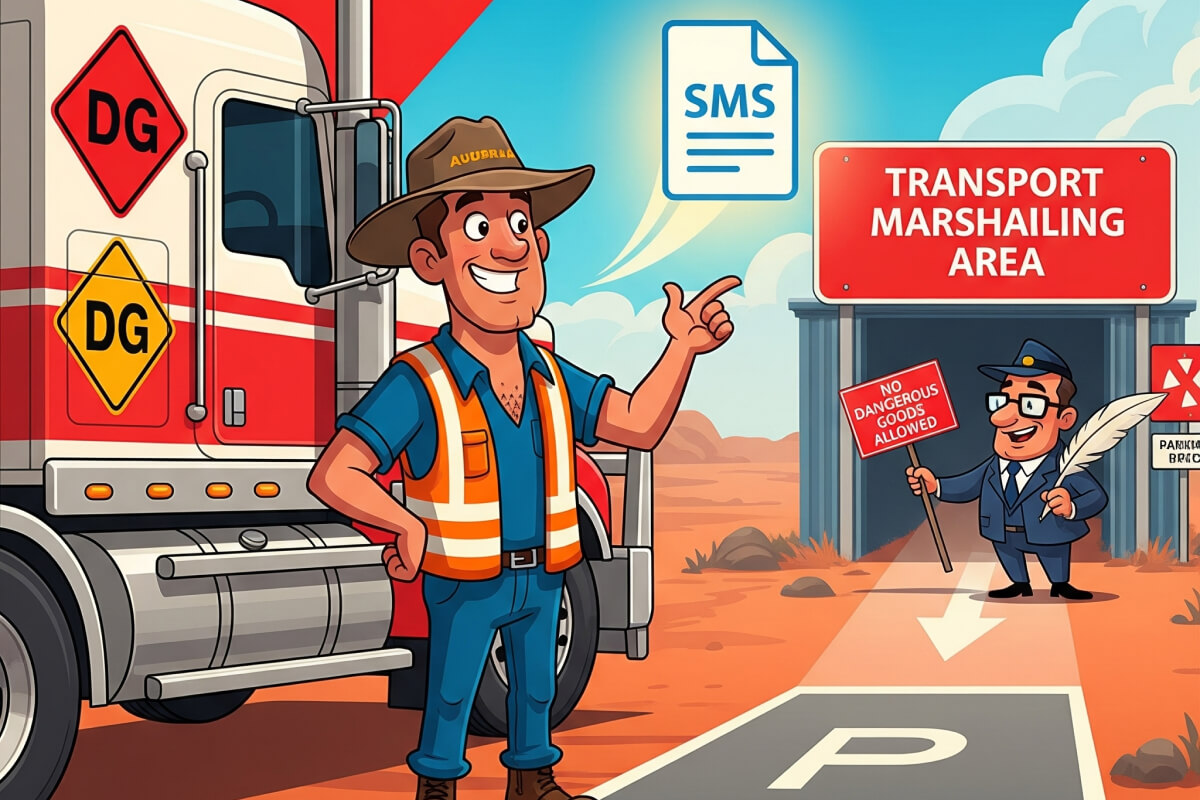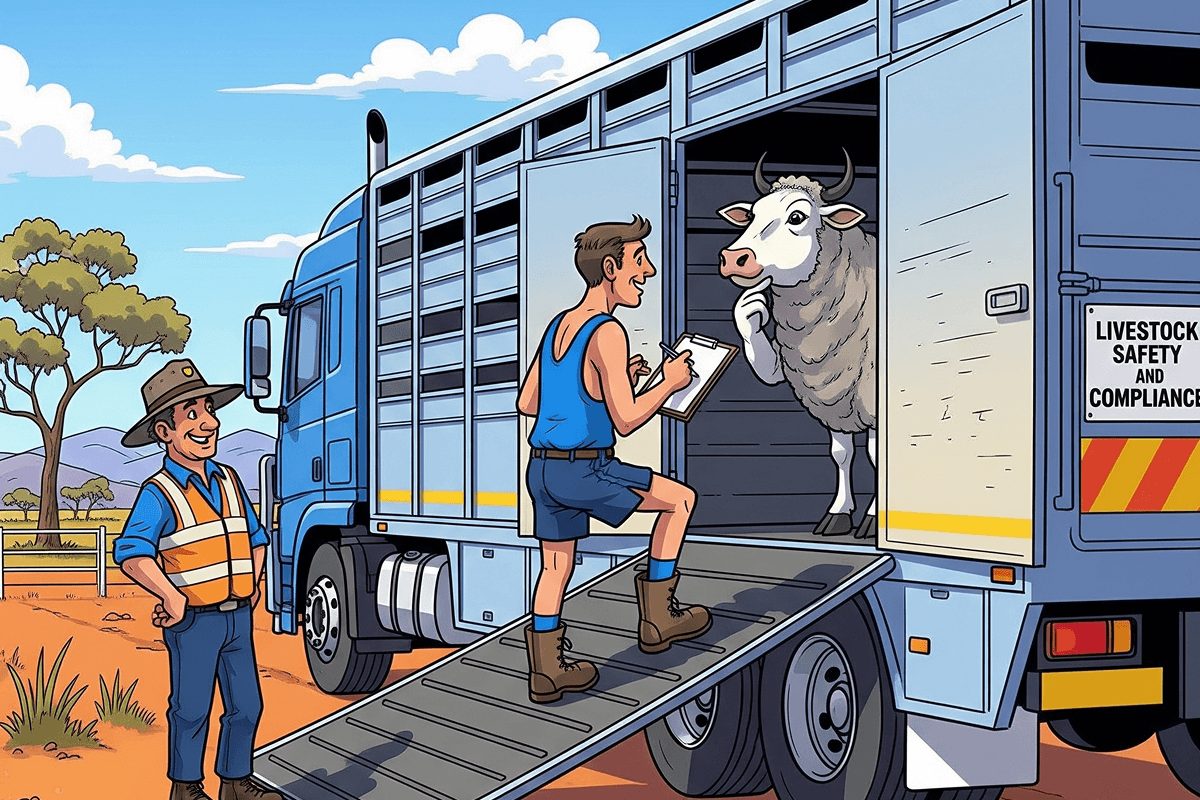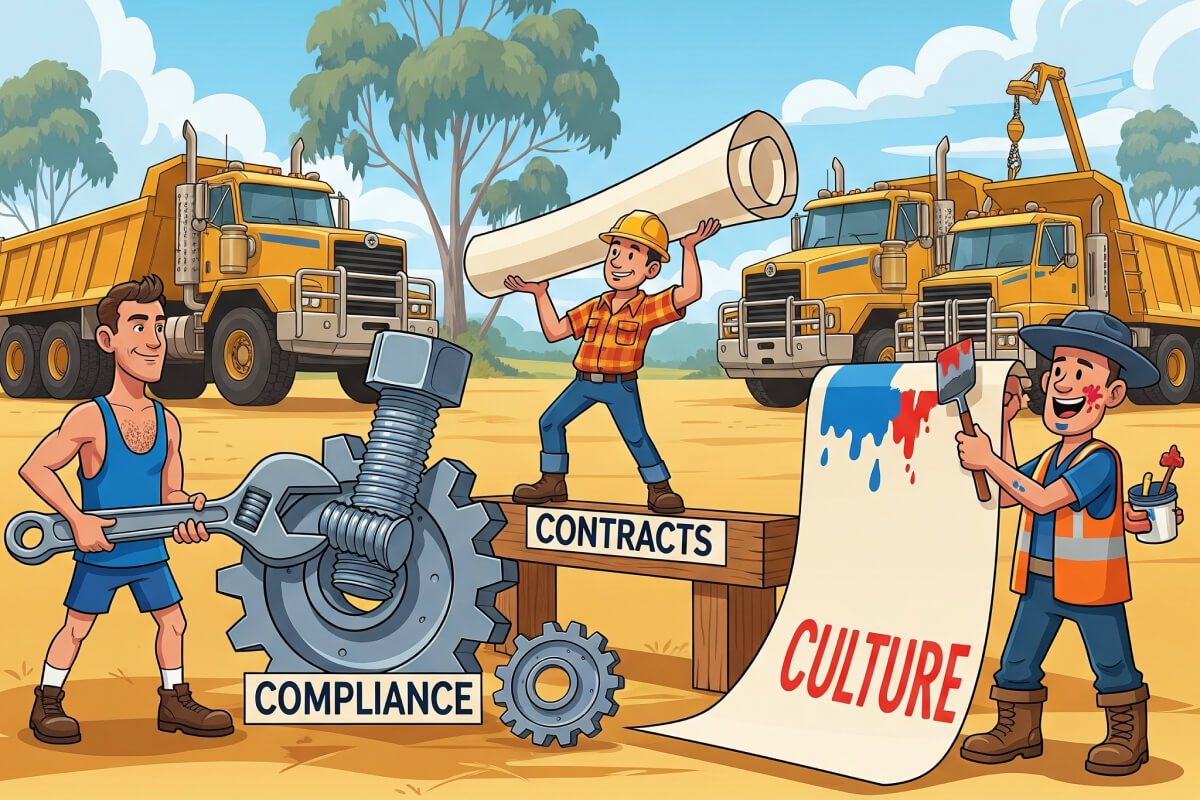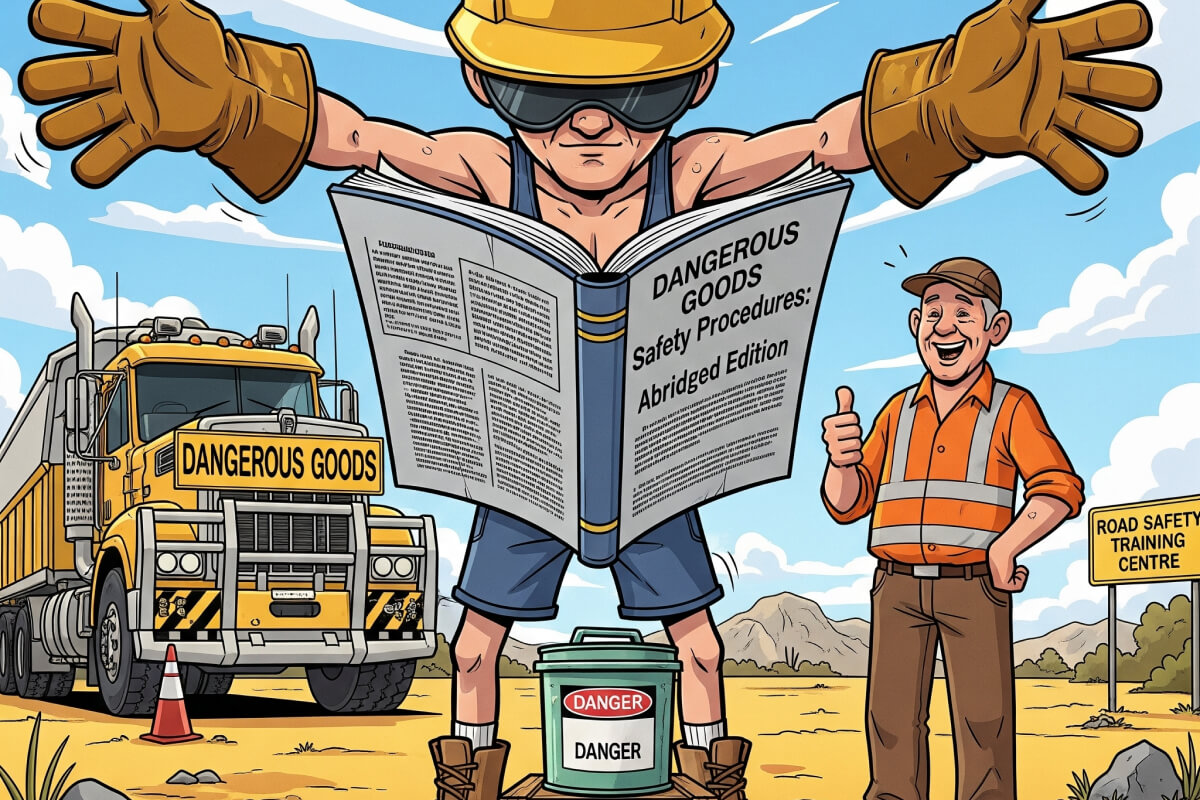
This episode of Risky Business dives into major developments shaping the transport industry, including licensing reforms, proposed MC2 licensing pathways, and the ongoing push for skill-based driver progression. It explores how recent political shifts may impact minimum standards and structured training. The main focus is Chain of Responsibility (CoR), examining its legal foundation under the HVNL, the safety impacts of commercial pressure, and the urgent need for a cultural shift where accountability aligns with influence, not just job titles.
You can listen to the full episode here:
| Listen to the full episode on | ||
| Spotify | Soundcloud | Apple Podcast |
Article 1: Catching Up on Risky Business: Episode 16 Industry Insights and COR Have We Got It Upside Down?
Highlights from the Week
My co-host Craig and I recently caught up after being in different parts of the country – I was in Winter Valley, experiencing some “arctic style temperatures”, while Craig was down in Tasmania, or the “Apple Isle” as he calls it. It was a busy time for both of us, attending industry events and getting across the latest developments.
We kicked off the episode by sharing a bit about what we’ve been up to. Craig was in Tasmania for various reasons, including attending a road safety week opening in Launceston and heading to Burnie to get the boat home. He mentioned the weather in Tasmania was nice initially, then got cold. He was grateful for Michelle and TTA for arranging his trip there.
ATA Trucking Australia Conference
One of the main points of discussion was the ATA conference in Adelaide that we both attended. This conference was a significant event for the transport industry. We touched on several key takeaways, including the South Australian Transport Minister, Tom Koutsantonis’, push to reform how overseas drivers are licensed for multi-combination (MC) vehicles in Australia.
Under the new SA rules introduced in February, overseas heavy vehicle experience (except from New Zealand) no longer counts towards getting an MC license. Drivers now need to hold an Australian HR or HC license for at least 12 months or complete a rigorous supervised training program. This reform followed industry advocacy and the tragic death of veteran driver Slim Mugridge, with the goal of ensuring anyone behind the wheel of a multi-combination vehicle is properly trained for Australia’s unique conditions. Minister Koutsantonis hopes other states will follow South Australia’s lead.
ATA Calls For MC Licence Split and Skills Based Progression
Mark Parry, the ATA chair, also spoke at the conference and proposed scrapping the time-based licensing model in favour of skill-based progression. He also flagged a new class of license, MC2, for combinations over 37 meters. While the idea of splitting MC into multiple classes isn’t new (work was previously done to split it into three, but it didn’t make it into the license review), this proposal suggests that anyone who has held the current MC license for six months would automatically get an MC2. We also discussed the importance of driver medicals and fitness to drive, noting that while there’s good work being done, some believe medicals should be a prerequisite for more licenses than just the MC.
Election Outcome – Steady Ship for Transport Reform
The recent election was another hot topic. While some on social media seemed to think the “sky was falling down”, from an industry perspective, the Labour government’s win offers a runway to continue implementing minimum industry standards, particularly through the dedicated transport division within Fair Work. This is a significant positive for our industry, as it means we don’t have to start over on crucial reforms like minimum industry standards and training pathways. The work on structured training pathways, including a proper apprenticeship model, is already underway, actively involving industry.
Chain of Responsibility – Looking further Up the Chain
The main focus of the episode, however, was Chain of Responsibility (COR). We dove deep into how commercial pressures often disguised as standard business practices are driving systemic safety risks in transport. While operators are heavily scrutinised for their COR obligations, we noted that prosecutions rarely go further up the chain. The legal foundation of COR under the Heavy Vehicle National Law (HVNL) places a duty on all COR partners to ensure safety, and it’s unlawful to ask, direct, or contract a party to breach safety obligations. This applies to parties with influence like consignors, consignees, packers, loaders, operators, and Fleet managers.
The Master Code
We discussed how the Master Code, an approved industry code under the HVNL, provides practical guidance for meeting these obligations. It emphasises responsibility determined by the capacity to influence risk, not just job title. We unpacked COR responsibilities across several key areas:
- Fatigue Risk: All parties must manage fatigue risks. Schedulers must avoid creating plans that encourage breaches, and consignors/consignees should ensure freight is available to reduce waiting time. Customers imposing strict delivery windows need to assess the impact on drivers’ compliance.
- Mass and Dimension: Freight must be packed, loaded, and restrained to ensure legal limits are not breached. Loaders, packers, and consignors must provide accurate weight information and avoid overloading. Customers insisting on fully loaded trailers may inadvertently cause overloads.
- Speed Management: Practices should not result in unsafe speed behaviors. Realistic drive times must be allowed, and contracts cannot have incentives or penalties for early/late deliveries.
- Vehicle Standards and Maintenance: Operators need documented maintenance schedules. This is a shared responsibility. Customers’ delivery deadlines should not prevent required maintenance.
Integrated Risk Management
We stressed the need for a cultural shift towards integrated risk management, with transparency, mutual respect, and accountability. Upstream parties must stop outsourcing risk and own their part of the safety chain. We discussed the power of the primary contractor and how commercial conditions that prevent safe operation indicate a failure of COR.
Digital Document Management
Tools like Hubfleet play a crucial role in demonstrating compliance by managing documented services, pre-start inspections, and fault reporting. Our EWDs provide visibility of driver hours and fatigue trends, helping operators meet their obligations. However, technology alone can’t fix the unsafe commercial expectations coming from further up the chain. We need a greater enforcement focus on these commercial influences.
Responsibility Aligned to Influence
Overall, COR is more than just compliance; it’s about responsibility aligned to influence. The industry needs to keep pushing for safe contracting frameworks and a culture where real accountability starts from the top down.
Take the Guesswork Out of Chain of Responsibility
Hubfleet helps transport operators clearly demonstrate compliance with Chain of Responsibility (CoR) obligations. From fatigue and maintenance records to mass, training, and driver fitness, Hubfleet gives you the tools to show your CoR partners that risks are being identified, managed, and monitored. With real-time visibility and automated record-keeping, you can strengthen your safety culture, reduce liability, and build trust across the supply chain.
Sign up for a free trial today and put confidence behind your compliance.



